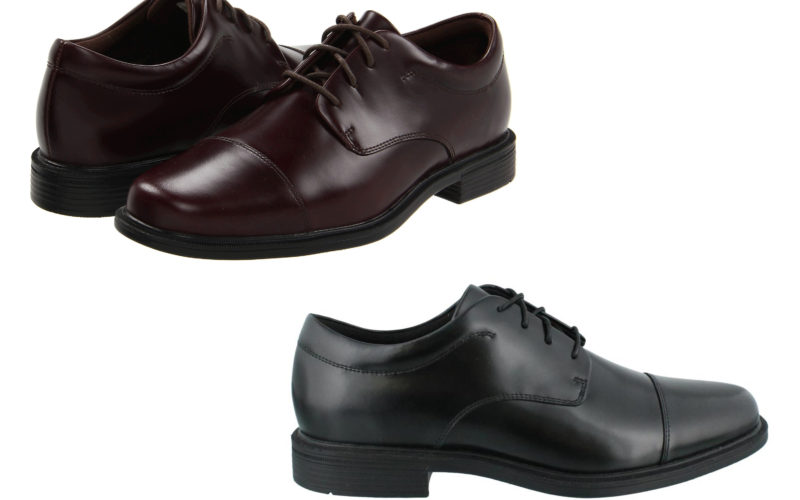Q. How long are my pants supposed to be in the winter? I don’t want them getting damp and soaking my shoes and ankles in the slush.
A. I’m afraid the correct answer to your question is that your pants should be the same length in the winter as in the summer, and all year ‘round. That doesn’t mean there aren’t ways to reduce your risk of getting wet feet and shoes.
Generally speaking, there is one standard length that all men’s trousers should be. Well, all but shorts. Whether you decide to have cuffs or not on your trousers, I recommend a slight break in the crease line. The hem of your pants should end about ½ to ⅔ of the way down the shoe, allowing for a slight fold. This suits all kinds of trousers, from flat front and pleated to cuffed.
The front of the trousers should rest on top of the middle of your shoe. And, viewed from the side, the bottom should extend slightly downward to the back. The back of the pants should end just above the back of the shoe’s heel. These lengths have been the same for generations.
And these lengths are true whether you’re wearing chinos in the summer, cords in the fall, or black-tie in winter. Yes, that does mean that stepping in a puddle of water, in snow, or slush of more than an inch will lead to wet trouser ends.
The unreasonable general theory is that a well-dressed man will find clean sidewalks, carry an umbrella, and not run into inclement weather in good clothing. The more reasonable answer is that he/you will switch to a variety of bad-weather apparel to protect yourself when needed.
One intelligent solution is to wear overshoes or rain- or snow-boots and then switch to well-polished dress shoes in the office. The surest way to protect your best shoes is to keep them out of the snow entirely. That is, leave them at home or, better yet, at the office. But, if that is not possible, shoes need very specific care after they have been even partially immersed in water.
Since rain, snow, and other forms of sloppy weather all damage shoes, it is important to take specific care to dry them out carefully. Direct heat, even from the sun, can cause damage to shoes, so avoid using a dryer and let them dry at room temperature for 48 hours.
Here are a few tips for drying out your shoes properly:
- If the insoles are wet and if they can be removed, take them out as soon as possible. You can dry the insoles by a vigorous shake, but do not wring them out.
- To dry the shoes, stuff them full of newspaper. Avoid the pages with full-color ads on them; they can stain the inside of the shoes as the paper absorbs the water.
- Road salt is a big problem. Wipe it off immediately. If you have been out on salted, slushy streets, you can expect to find some road salt on your shoes. Don’t wait for the shoes to dry and you see the salt edges. Instead, start wiping the road salt off at once, using a soft rag very slightly moistened with warm water. Then let the shoes dry for a while. If you haven’t removed all the salt stains, repeat the procedure. Be sure to change the cloth between the rounds. You might apply Saphir’s salt cleanser, widely considered ideal for fine leather care.
- After using the salt cleanser, it’s good to apply shoe cream and polish again, to moisturize and protect the leather. Be careful that all the salt is gone before you start polishing.
Your patience will pay off if you let your shoes dry slowly on their own. They will be good as new, or close to it.
Please send your men’s dress and grooming questions and comments to MALE CALL: Lois.Fenton@prodigy.net









